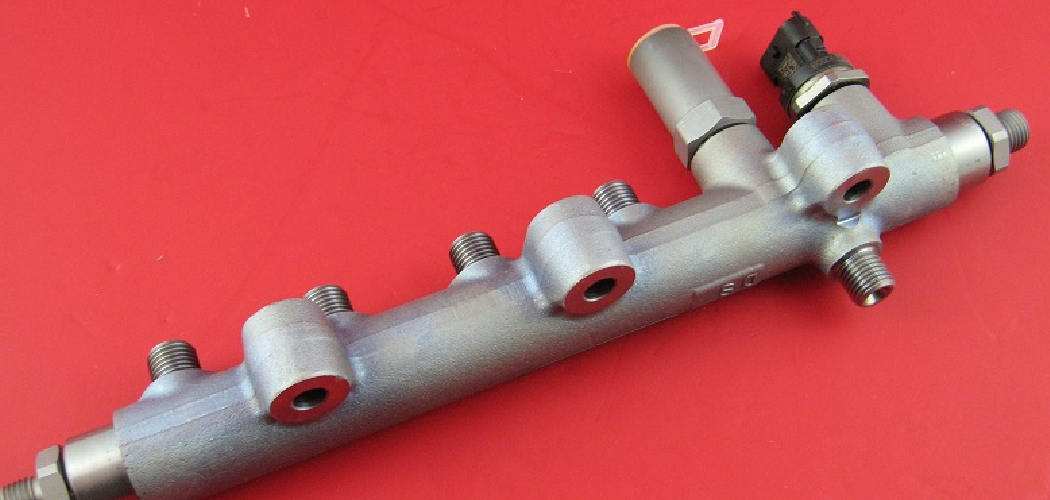Replacing the fuel rail pressure sensor on a 6.7 Cummins engine is a crucial maintenance task that ensures optimal performance and fuel efficiency. Over time, the sensor may wear out or fail, leading to issues such as poor engine performance, increased fuel consumption, or even error codes.
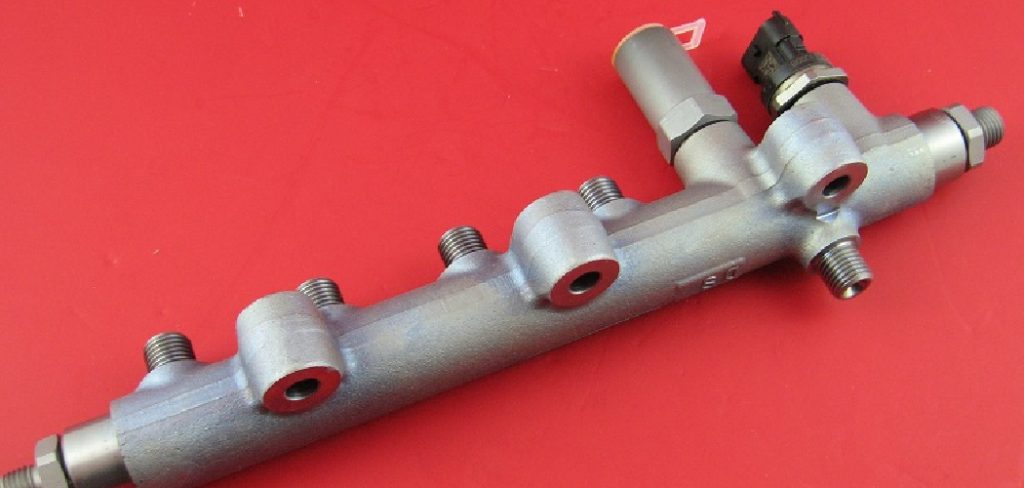
This guide will walk you through how to replace fuel rail pressure sensor 6.7 cummins, helping to keep your engine running smoothly. Always prioritize safety and ensure you’re working with the right tools and knowledge before starting the process.
Symptoms of a Faulty Fuel Rail Pressure Sensor
A failing fuel rail pressure sensor can manifest in various ways, often impacting your engine’s performance and reliability. Here are some common symptoms to watch for:
- Check Engine Light: The most noticeable sign is the activation of the check engine light, often accompanied by error codes related to fuel pressure issues.
- Engine Performance Issues: You may experience rough idling, hesitation, or stalling, particularly under load or during acceleration.
- Reduced Fuel Efficiency: A faulty sensor can lead to an imbalance in fuel delivery, causing the engine to consume more fuel than usual.
- Difficulty Starting: Hard starts or long cranking times can result from inconsistent pressure readings sent to the engine control module.
- Loss of Power: If the sensor fails to accurately measure fuel pressure, it can cause a significant drop in engine power, particularly noticeable during towing or heavy workloads.
Tools and Materials Needed
To successfully replace the fuel rail pressure sensor on a 6.7 Cummins engine, you will need the following tools and materials. Ensuring you have everything ready beforehand will make the process smoother and more efficient.
- Replacement Fuel Rail Pressure Sensor: Ensure the sensor is compatible with your 6.7 Cummins engine model.
- Socket Set and Wrenches: A high-quality metric socket set and wrenches for removing bolts and components.
- Torque Wrench: Useful for ensuring bolts are tightened to the manufacturer’s specifications.
- Screwdrivers: A set of flathead and Phillips screwdrivers for miscellaneous tasks.
- Fuel Line Disconnect Tool: Designed for safely detaching the fuel lines without causing damage.
- Cleaner or Degreaser: Ideal for cleaning the area around the sensor before removal to prevent contamination.
- Shop Towels or Rags: For cleaning up spills or wiping down surfaces during the process.
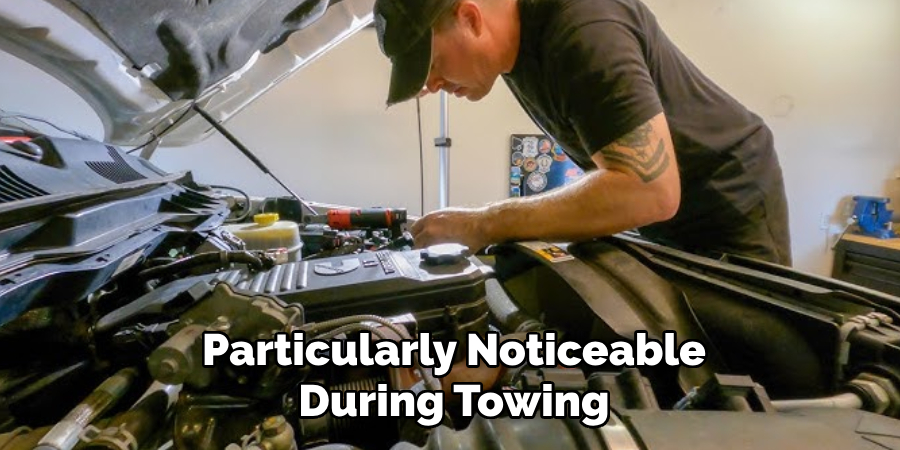
10 Methods How to Replace Fuel Rail Pressure Sensor 6.7 Cummins
1. Gather the Necessary Tools and Parts
Before starting the replacement process, ensure you have all the required tools and parts. This typically includes a new fuel rail pressure sensor compatible with the 6.7 Cummins, a socket set, torque wrench, fuel line disconnect tool, and safety gloves.
Having these items on hand minimizes interruptions and ensures a smoother workflow. Verify the compatibility of the replacement sensor with your vehicle’s model and year to avoid fitment issues.
2. Relieve Fuel System Pressure
Relieving the fuel system pressure is a critical safety step. Start by turning off the engine and disconnecting the negative battery cable to avoid electrical hazards.
Locate the Schrader valve on the fuel rail and use a fuel pressure gauge or a small tool to carefully release the pressure. Place a rag around the valve to catch any fuel spray. This step prevents fuel from spraying when disconnecting components.
3. Disconnect the Electrical Connector
The fuel rail pressure sensor has an electrical connector that needs to be disconnected. Locate the sensor on the fuel rail and identify its connector. Press the release tab and gently pull the connector off the sensor.
Ensure the connector is not damaged and keep it away from any fuel or debris to maintain a clean connection during reassembly.
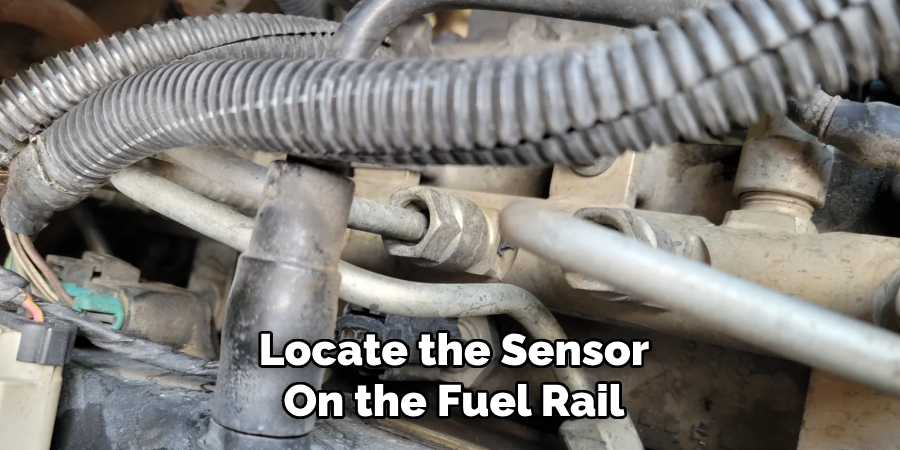
4. Remove Engine Components for Access
Depending on your vehicle’s configuration, you may need to remove other components to access the fuel rail pressure sensor. Common parts include the intake manifold, air intake tubing, or any brackets obstructing the sensor.
Use your socket set to remove bolts and secure the components safely. Take note of the arrangement to ensure proper reassembly.
5. Remove the Old Sensor
Once you have clear access to the sensor, use the appropriate socket to unscrew it from the fuel rail. Turn it counterclockwise until it comes free. Be cautious of any residual fuel that may spill during this step. Inspect the old sensor for signs of wear or damage, which can help confirm that it was the source of your issues.
6. Prepare the New Sensor
Before installing the new sensor, inspect it for any defects or debris. Apply a small amount of thread sealant or anti-seize compound to the threads if recommended by the manufacturer. This ensures a secure fit and prevents fuel leaks. Make sure the sealant does not block the sensor’s openings or interfere with its functionality.
7. Install the New Sensor
Carefully thread the new sensor into the fuel rail by hand to avoid cross-threading. Once it is hand-tight, use a torque wrench to tighten it to the manufacturer’s specified torque value.
Over-tightening can damage the sensor or fuel rail, while under-tightening may lead to fuel leaks. Refer to your vehicle’s service manual for the exact specifications.
8. Reconnect the Electrical Connector
Attach the electrical connector to the new sensor by aligning it with the pins and pushing it in until it clicks into place. Ensure the connection is secure to prevent electrical faults. Inspect the wiring for any damage and replace or repair it if necessary to maintain proper communication with the engine control unit (ECU).
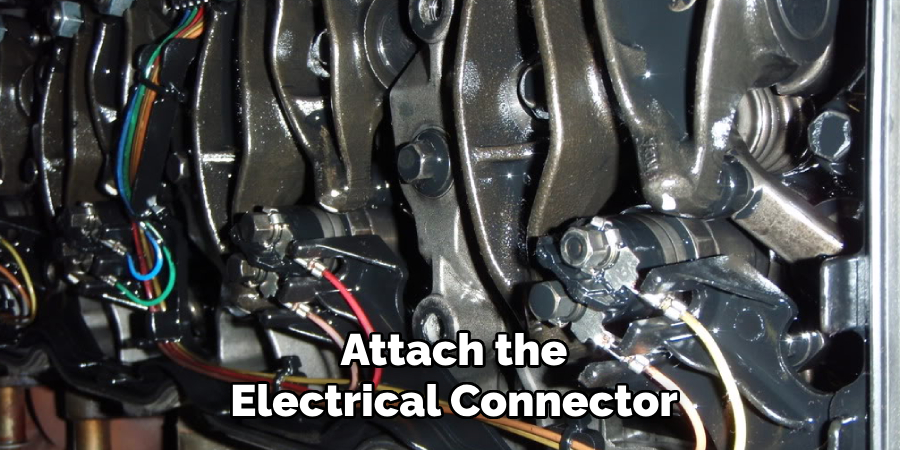
9. Reassemble Removed Components
Reinstall all components that were removed to access the sensor, such as the intake manifold and air intake tubing. Tighten all bolts and clamps securely and in the correct order. Double-check your work to ensure no tools or loose parts are left in the engine bay. Proper reassembly is crucial for the engine’s performance and safety.
10. Test the Sensor and Engine Performance
After reassembling everything, reconnect the negative battery cable and start the engine. Observe the engine’s performance and check for warning lights on the dashboard.
Use an OBD-II scanner to read any stored fault codes and ensure the new sensor is functioning correctly. Monitor the fuel pressure readings to verify that the issue has been resolved.
Maintenance Tips for Fuel Rail Pressure Sensors
Proper maintenance of your fuel rail pressure sensor is essential for ensuring the optimal performance of your 6.7 Cummins engine. Here are some key tips to maintain the sensor:
- Regular Inspections: Periodically check the sensor and surrounding components for signs of wear, corrosion, or damage. Catching issues early can prevent larger engine problems down the line.
- Keep it Clean: Dirt, debris, and grease buildup around the sensor can interfere with its functionality. Use a cleaner or degreaser to maintain a clean environment in the engine bay.
- Monitor Engine Performance: Be attentive to warning signs such as reduced fuel efficiency, rough idling, or difficulty starting the engine, as these may indicate sensor issues.
- Use Quality Fuel: Poor-quality fuel can result in contaminants that affect the sensor and other fuel system components. Always use high-grade fuel suitable for your engine.
- Address Fault Codes Promptly: If the sensor triggers a fault code on your dashboard, use an OBD-II scanner to diagnose and address the issue without delay. Prolonged sensor issues can lead to further engine complications.
- Stick to Service Schedules: Follow your vehicle’s recommended service intervals for fuel system maintenance to ensure all related components, including the sensor, remain in good working condition.
Things to Consider When Replacing a Fuel Rail Pressure Sensor
Replacing a fuel rail pressure sensor requires careful attention to detail to ensure a successful and safe repair. Here are important factors to consider when undertaking this task:
- Safety First: Always disconnect the negative battery cable before starting the replacement process. Working with the fuel system involves flammable substances, so ensure there are no open flames, sparks, or heat sources nearby. Wear safety gear like gloves and protective goggles.
- Correct Tools and Parts: Use the appropriate tools, such as a torque wrench and socket set, to prevent damage to components. Ensure the replacement sensor matches your vehicle’s make and model, and always choose high-quality, OEM or equivalent parts.
- Follow Manufacturer Guidelines: Adhere to the manufacturer’s instructions for sensor replacement, including torque specifications and the use of any recommended sealants. Refer to your vehicle’s service manual for accurate details.
- Check for Faulty Wiring: Inspect the wiring harness and electrical connector for any signs of wear, damage, or corrosion during the process. Faulty wiring can cause inaccurate pressure readings and negatively affect engine performance.
- Proper Thread Handling: Be cautious when threading the new sensor into the fuel rail. Cross-threading or overtightening may damage threads or cause fuel leaks, leading to further complications.
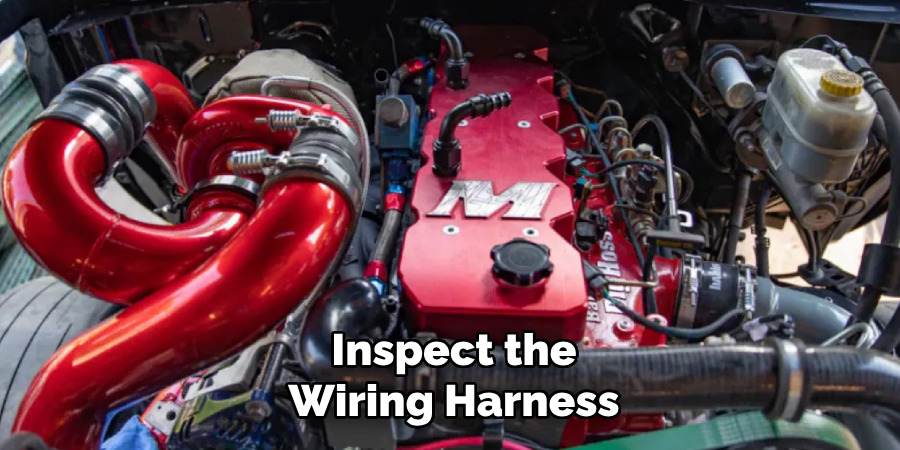
Conclusion
Replacing and maintaining the fuel rail pressure sensor on your 6.7 Cummins engine is a critical task that ensures optimal engine performance and longevity. By following the proper steps and adhering to manufacturer guidelines, you can complete the replacement process safely and effectively.
Regular maintenance, such as inspections and cleaning, will help prevent future issues and keep your engine running smoothly. Always prioritize safety and use quality parts to avoid complications. Thanks for reading, and we hope this has given you some inspiration on how to replace fuel rail pressure sensor 6.7 cummins!

